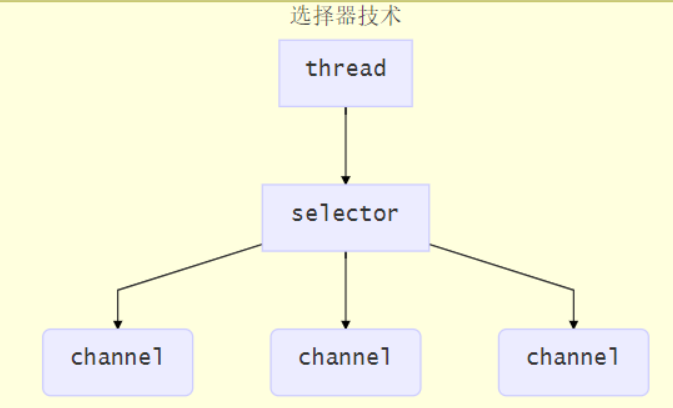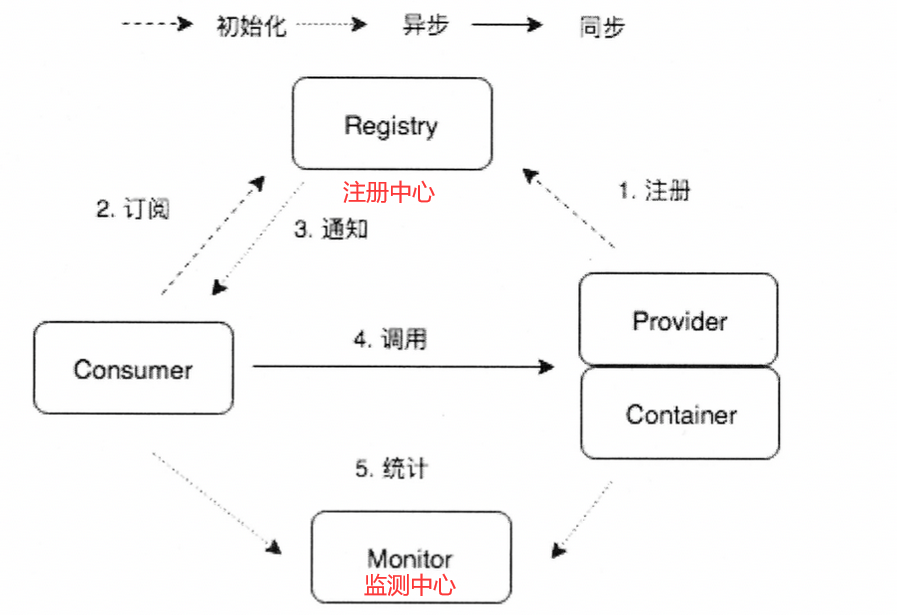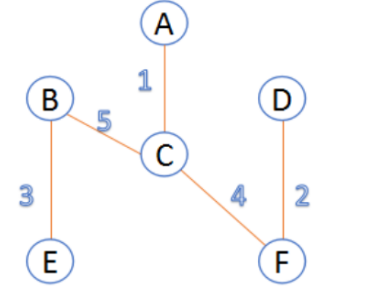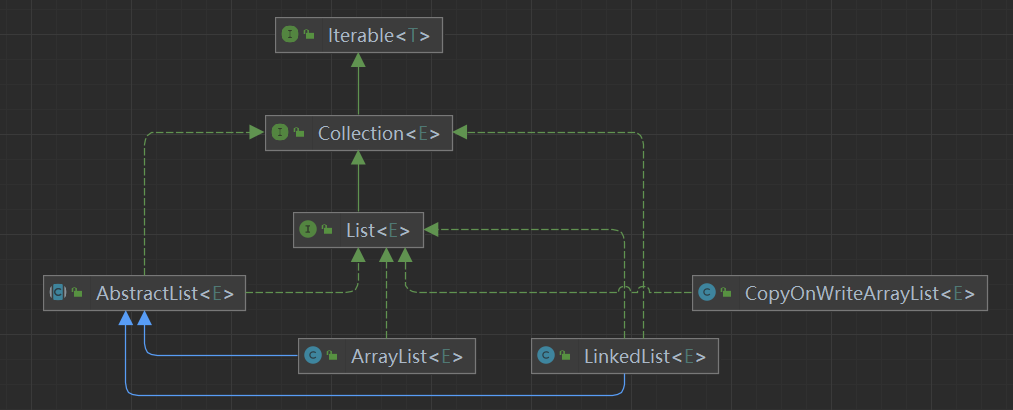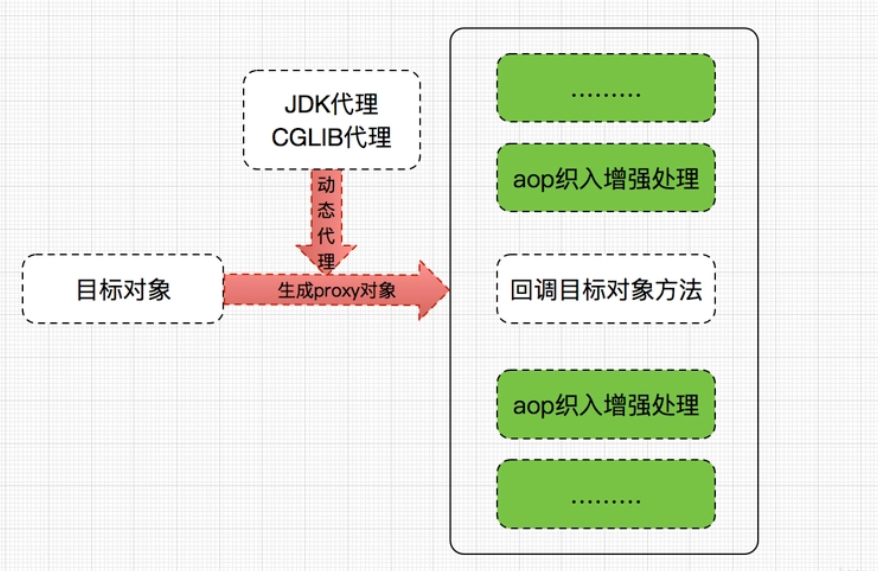NIO网络编程
阻塞式
- 阻塞模式下,相关方法都会导致线程暂停
- ServerSocketChannel.accept 会在没有连接建立时让线程暂停
- SocketChannel.read 会在通道中没有数据可读时让线程暂停
- 阻塞的表现其实就是线程暂停了,暂停期间不会占用 cpu,但线程相当于闲置
- 单线程下,阻塞方法之间相互影响,几乎不能正常工作,需要多线程支持
- 但多线程下,有新的问题,体现在以下方面
- 在 HotSpot JVM 中,默认情况下,Java 线程的栈空间大小为 1MB,这还没算它所占用的堆空间和调度所需要的额外开销。如果连接数过多,必然导致 OOM,并且线程太多,会因为频繁上下文导致CPU利用降低
- 可以采用线程池技术来减少线程数和线程上下文切换,但治标不治本,如果有很多连接建立,但长时间 inactive,会阻塞线程池中所有线程,因此不适合长连接,只适合短连接
服务端代码
1
2
3
4
5
6
7
8
9
10
11
12
13
14
15
16
17
18
19
20
21
22
23
24
25
26
27
28
29
30
31
32
33
| public class Server {
public static void main(String[] args) {
// 创建缓冲区
ByteBuffer buffer = ByteBuffer.allocate(16);
// 获得服务器通道
try(ServerSocketChannel server = ServerSocketChannel.open()) {
// 为服务器通道绑定端口
server.bind(new InetSocketAddress(8080));
// 用户存放连接的集合
ArrayList<SocketChannel> channels = new ArrayList<>();
// 循环接收连接
while (true) {
System.out.println("before connecting...");
// 没有连接时,会阻塞线程
SocketChannel socketChannel = server.accept();
System.out.println("after connecting...");
channels.add(socketChannel);
// 循环遍历集合中的连接
for(SocketChannel channel : channels) {
System.out.println("before reading");
// 处理通道中的数据
// 当通道中没有数据可读时,会阻塞线程
channel.read(buffer);
buffer.flip();
buffer.clear();
System.out.println("after reading");
}
}
} catch (IOException e) {
e.printStackTrace();
}
}
}
|
客户端代码
1
2
3
4
5
6
7
8
9
10
11
| public class Client {
public static void main(String[] args) {
try (SocketChannel socketChannel = SocketChannel.open()) {
// 建立连接
socketChannel.connect(new InetSocketAddress("localhost", 8080));
System.out.println("waiting...");
} catch (IOException e) {
e.printStackTrace();
}
}
}
|
在上面的代码中,服务器动不动就会阻塞住,效率很低,会让客户端进行不必要的等待。
非阻塞
- 可以通过ServerSocketChannel的configureBlocking(false)方法将获得连接设置为非阻塞的。此时若没有连接,accept会返回null
- 可以通过SocketChannel的configureBlocking(false)方法将从通道中读取数据设置为非阻塞的。若此时通道中没有数据可读,read会返回-1
服务器代码如下
1
2
3
4
5
6
7
8
9
10
11
12
13
14
15
16
17
18
19
20
21
22
23
24
25
26
27
28
29
30
31
32
33
34
35
36
37
38
| public class Server {
public static void main(String[] args) {
// 创建缓冲区
ByteBuffer buffer = ByteBuffer.allocate(16);
// 获得服务器通道
try(ServerSocketChannel server = ServerSocketChannel.open()) {
// 为服务器通道绑定端口
server.bind(new InetSocketAddress(8080));
// 用户存放连接的集合
ArrayList<SocketChannel> channels = new ArrayList<>();
// 循环接收连接
while (true) {
// 设置为非阻塞模式,没有连接时返回null,不会阻塞线程
server.configureBlocking(false);
SocketChannel socketChannel = server.accept();
// 通道不为空时才将连接放入到集合中
if (socketChannel != null) {
System.out.println("after connecting...");
channels.add(socketChannel);
}
// 循环遍历集合中的连接
for(SocketChannel channel : channels) {
// 处理通道中的数据
// 设置为非阻塞模式,若通道中没有数据,会返回0,不会阻塞线程
channel.configureBlocking(false);
int read = channel.read(buffer);
if(read > 0) {
buffer.flip();
buffer.clear();
System.out.println("after reading");
}
}
}
} catch (IOException e) {
e.printStackTrace();
}
}
}
|
这样写存在一个问题,因为设置为了非阻塞,会一直执行while(true)中的代码,CPU一直处于忙碌状态,会使得性能变低,所以实际情况中不使用这种方法处理请求
★多路复用
单线程可以配合 Selector 完成对多个 Channel 可读写事件的监控,这称之为多路复用
- 多路复用仅针对网络 IO,普通文件 IO 无法利用多路复用
- 如果不用 Selector 的非阻塞模式,线程大部分时间都在做无用功,而 Selector 能够保证
- 有可连接事件时才去连接
- 有可读事件才去读取
- 有可写事件才去写入
- 限于网络传输能力,Channel 未必时时可写,一旦 Channel 可写,会触发 Selector 的可写事件
使用事件
要使用Selector实现多路复用,服务端代码如下改进:
1
2
3
4
5
6
7
8
9
10
11
12
13
14
15
16
17
18
19
20
21
22
23
24
25
26
27
28
29
30
31
32
33
34
35
36
37
38
39
40
41
42
43
44
45
46
47
48
49
50
51
52
53
54
55
| public class SelectServer {
public static void main(String[] args) {
ByteBuffer buffer = ByteBuffer.allocate(16);
try(ServerSocketChannel server = ServerSocketChannel.open()) {
server.bind(new InetSocketAddress(8080));
Selector selector = Selector.open();
server.configureBlocking(false);
server.register(selector, SelectionKey.OP_ACCEPT);
while (true) {
int ready = selector.select();
System.out.println("selector ready counts : " + ready);
Set<SelectionKey> selectionKeys = selector.selectedKeys();
Iterator<SelectionKey> iterator = selectionKeys.iterator();
while (iterator.hasNext()) {
SelectionKey key = iterator.next();
if(key.isAcceptable()) {
ServerSocketChannel channel = (ServerSocketChannel) key.channel();
System.out.println("before accepting...");
SocketChannel socketChannel = channel.accept();
System.out.println("after accepting...");
socketChannel.configureBlocking(false);
socketChannel.register(selector, SelectionKey.OP_READ);
iterator.remove();
} else if (key.isReadable()) {
SocketChannel channel = (SocketChannel) key.channel();
System.out.println("before reading...");
channel.read(buffer);
System.out.println("after reading...");
buffer.flip();
ByteBufferUtil.debugRead(buffer);
buffer.clear();
iterator.remove();
}
}
}
} catch (IOException e) {
e.printStackTrace();
}
}
}
|
当处理完一个事件后,一定要调用迭代器的remove方法移除对应事件,否则会出现错误!!原理图放这儿了,应该一看就懂为什么了。

断开处理
当客户端与服务器之间的连接断开时,会给服务器端发送一个读事件,对异常断开和正常断开需要加以不同的方式进行处理
- 正常断开
- 正常断开时,服务器端的channel.read(buffer)方法的返回值为-1,所以当结束到返回值为-1时,需要调用key的cancel方法取消此事件,并在取消后移除该事件
1
2
3
4
5
6
7
8
9
10
11
| int read = channel.read(buffer);
if(read == -1) {
key.cancel();
channel.close();
} else {
...
}
iterator.remove();
|
- 异常断开
- 异常断开时,会抛出IOException异常, 在try-catch的catch块中捕获异常并调用key的cancel方法即可
消息边界
不处理消息边界存在的问题
将缓冲区的大小设置为4个字节,发送2个汉字(你好),通过decode解码并打印时,会出现乱码
1
2
3
| ByteBuffer buffer = ByteBuffer.allocate(4);
System.out.println(StandardCharsets.UTF_8.decode(buffer));
|
这是因为UTF-8字符集下,1个汉字占用3个字节,此时缓冲区大小为4个字节,一次读时间无法处理完通道中的所有数据,所以一共会触发两次读事件。这就导致 你好 的 好 字被拆分为了前半部分和后半部分发送,解码时就会出现问题
传输的文本可能有以下三种情况
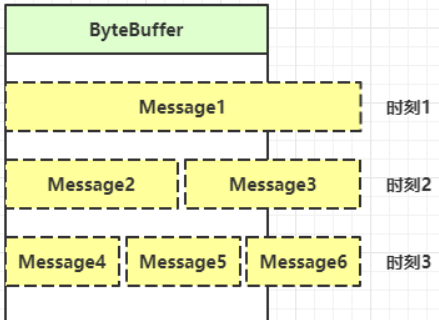
解决思路大致有以下三种
- 固定消息长度,数据包大小一样,服务器按预定长度读取,当发送的数据较少时,需要将数据进行填充,直到长度与消息规定长度一致。缺点是浪费带宽
- 另一种思路是按分隔符拆分,缺点是效率低,需要一个一个字符地去匹配分隔符
- TLV 格式,即 Type 类型、Length 长度、Value 数据(也就是在消息开头用一些空间存放后面数据的长度),如HTTP请求头中的Content-Type与Content-Length。类型和长度已知的情况下,就可以方便获取消息大小,分配合适的 buffer,缺点是 buffer 需要提前分配,如果内容过大,则影响 server 吞吐量
附件与扩容
Channel的register方法还有第三个参数:附件,可以向其中放入一个Object类型的对象,该对象会与登记的Channel以及其对应的SelectionKey绑定,可以从SelectionKey获取到对应通道的附件
1
| public final SelectionKey register(Selector sel, int ops, Object att)
|
可通过SelectionKey的attachment()方法获得附件
1
| ByteBuffer buffer = (ByteBuffer) key.attachment();
|
我们需要在Accept事件发生后,将通道注册到Selector中时,对每个通道添加一个ByteBuffer附件,让每个通道发生读事件时都使用自己的Buffer,避免与其他通道发生冲突而导致问题
1
2
3
4
5
|
socketChannel.configureBlocking(false);
ByteBuffer buffer = ByteBuffer.allocate(16);
socketChannel.register(selector, SelectionKey.OP_READ, buffer);
|
当Channel中的数据大于缓冲区时,需要对缓冲区进行扩容操作。此代码中的扩容的判定方法:Channel调用compact方法后的position与limit相等(说明没有读的数据已经塞满了缓冲区,回顾一下这张图),说明缓冲区中的数据并未被读取(容量太小),此时创建新的缓冲区,其大小扩大为两倍。同时还要将旧缓冲区中的数据拷贝到新的缓冲区中,同时调用SelectionKey的attach方法将新的缓冲区作为新的附件放入SelectionKey中

1
2
3
4
5
6
7
8
| // 如果缓冲区太小,就进行扩容
if (buffer.position() == buffer.limit()) {
ByteBuffer newBuffer = ByteBuffer.allocate(buffer.capacity()*2);
// 将旧buffer中的内容放入新的buffer中
newBuffer.put(buffer);
// 将新buffer作为附件放到key中
key.attach(newBuffer);
}
|
改进后的服务器代码如下
1
2
3
4
5
6
7
8
9
10
11
12
13
14
15
16
17
18
19
20
21
22
23
24
25
26
27
28
29
30
31
32
33
34
35
36
37
38
39
40
41
42
43
44
45
46
47
48
49
50
51
52
53
54
55
56
57
58
59
60
61
62
63
64
65
66
67
68
69
70
71
72
73
74
75
76
77
78
79
80
81
82
83
84
85
86
87
88
89
90
91
92
| public class SelectServer {
public static void main(String[] args) {
try(ServerSocketChannel server = ServerSocketChannel.open()) {
server.bind(new InetSocketAddress(8080));
Selector selector = Selector.open();
server.configureBlocking(false);
server.register(selector, SelectionKey.OP_ACCEPT);
while (true) {
int ready = selector.select();
System.out.println("selector ready counts : " + ready);
Set<SelectionKey> selectionKeys = selector.selectedKeys();
Iterator<SelectionKey> iterator = selectionKeys.iterator();
while (iterator.hasNext()) {
SelectionKey key = iterator.next();
if(key.isAcceptable()) {
ServerSocketChannel channel = (ServerSocketChannel) key.channel();
System.out.println("before accepting...");
SocketChannel socketChannel = channel.accept();
System.out.println("after accepting...");
socketChannel.configureBlocking(false);
ByteBuffer buffer = ByteBuffer.allocate(16);
socketChannel.register(selector, SelectionKey.OP_READ, buffer);
iterator.remove();
} else if (key.isReadable()) {
SocketChannel channel = (SocketChannel) key.channel();
System.out.println("before reading...");
ByteBuffer buffer = (ByteBuffer) key.attachment();
int read = channel.read(buffer);
if(read == -1) {
key.cancel();
channel.close();
} else {
split(buffer);
if (buffer.position() == buffer.limit()) {
ByteBuffer newBuffer = ByteBuffer.allocate(buffer.capacity()*2);
buffer.flip();
newBuffer.put(buffer);
key.attach(newBuffer);
}
}
System.out.println("after reading...");
iterator.remove();
}
}
}
} catch (IOException e) {
e.printStackTrace();
}
}
private static void split(ByteBuffer buffer) {
buffer.flip();
for(int i = 0; i < buffer.limit(); i++) {
if (buffer.get(i) == '\n') {
int length = i+1-buffer.position();
ByteBuffer target = ByteBuffer.allocate(length);
for(int j = 0; j < length; j++) {
target.put(buffer.get());
}
ByteBufferUtil.debugAll(target);
}
}
buffer.compact();
}
}
|
ByteBuffer的大小分配
- 每个 channel 都需要记录可能被切分的消息,因为 ByteBuffer 不能被多个 channel 共同使用,因此需要为每个 channel 维护一个独立的 ByteBuffer
- ByteBuffer 不能太大,比如一个 ByteBuffer 1Mb 的话,要支持百万连接就要 1Tb 内存,因此需要设计大小可变的 ByteBuffer
- 分配思路可以参考
- 一种思路是首先分配一个较小的 buffer,例如 4k,如果发现数据不够,再分配 8k 的 buffer,将 4k buffer 内容拷贝至 8k buffer,优点是消息连续容易处理,缺点是数据拷贝耗费性能
- 另一种思路是用多个数组组成 buffer,一个数组不够,把多出来的内容写入新的数组,与前面的区别是消息存储不连续解析复杂,优点是避免了拷贝引起的性能损耗
Write事件
服务器通过Buffer向通道中写入数据时,可能因为通道容量小于Buffer中的数据大小,导致无法一次性将Buffer中的数据全部写入到Channel中,这时便需要分多次写入,具体步骤如下
1
2
3
4
5
6
7
8
9
10
|
int write = socket.write(buffer);
if (buffer.hasRemaining()) {
socket.configureBlocking(false);
socket.register(selector, SelectionKey.OP_WRITE, buffer);
}
|
添加写事件的相关操作key.isWritable(),对Buffer再次进行写操作
- 每次写后需要判断Buffer中是否还有数据(是否写完)。若写完,需要移除SelecionKey中的Buffer附件,避免其占用过多内存,同时还需移除对写事件的关注
1
2
3
4
5
6
7
8
9
10
11
12
| SocketChannel socket = (SocketChannel) key.channel();
ByteBuffer buffer = (ByteBuffer) key.attachment();
int write = socket.write(buffer);
System.out.println(write);
if (!buffer.hasRemaining()) {
key.attach(null);
key.interestOps(0);
}
|
整体代码如下
1
2
3
4
5
6
7
8
9
10
11
12
13
14
15
16
17
18
19
20
21
22
23
24
25
26
27
28
29
30
31
32
33
34
35
36
37
38
39
40
41
42
43
44
45
46
47
48
49
50
51
52
53
54
55
| public class WriteServer {
public static void main(String[] args) {
try(ServerSocketChannel server = ServerSocketChannel.open()) {
server.bind(new InetSocketAddress(8080));
server.configureBlocking(false);
Selector selector = Selector.open();
server.register(selector, SelectionKey.OP_ACCEPT);
while (true) {
selector.select();
Set<SelectionKey> selectionKeys = selector.selectedKeys();
Iterator<SelectionKey> iterator = selectionKeys.iterator();
while (iterator.hasNext()) {
SelectionKey key = iterator.next();
iterator.remove();
if (key.isAcceptable()) {
SocketChannel socket = server.accept();
StringBuilder builder = new StringBuilder();
for(int i = 0; i < 5000; i++) {
builder.append("a");
}
builder.append("\n");
ByteBuffer buffer = StandardCharsets.UTF_8.encode(builder.toString());
int write = socket.write(buffer);
System.out.println(write);
if (buffer.hasRemaining()) {
socket.configureBlocking(false);
socket.register(selector, SelectionKey.OP_WRITE, buffer);
}
} else if (key.isWritable()) {
SocketChannel socket = (SocketChannel) key.channel();
ByteBuffer buffer = (ByteBuffer) key.attachment();
int write = socket.write(buffer);
System.out.println(write);
if (!buffer.hasRemaining()) {
key.attach(null);
key.interestOps(0);
}
}
}
}
} catch (IOException e) {
e.printStackTrace();
}
}
}
|
1
2
3
4
5
6
7
8
9
10
11
12
13
14
15
16
17
18
19
20
21
22
23
24
25
26
27
28
29
30
31
32
33
34
35
36
37
38
39
40
| public class ReceiveCustomer {
public static void main(String[] args) {
try(SocketChannel socket = SocketChannel.open()) {
socket.configureBlocking(false);
socket.connect(new InetSocketAddress("localhost", 8080));
ByteBuffer buffer = ByteBuffer.allocate(1024);
StringBuilder sb = new StringBuilder();
while (!socket.finishConnect()) {
}
while (true) {
int bytesRead = socket.read(buffer);
if (bytesRead == -1) {
break;
}
buffer.flip();
while (buffer.hasRemaining()) {
sb.append((char) buffer.get());
}
buffer.clear();
if (sb.toString().endsWith("\n")) {
String receivedData = sb.toString();
System.out.println("Received data: " + receivedData);
System.out.println("共计:" + (receivedData.length()-1) + "个a");
break;
}
}
} catch (IOException e) {
e.printStackTrace();
}
}
}
|
多线程优化
实现思路
实现代码
1
2
3
4
5
6
7
8
9
10
11
12
13
14
15
16
17
18
19
20
21
22
23
24
25
26
27
28
29
30
31
32
33
34
35
36
37
38
39
40
41
42
43
44
45
46
47
48
49
50
51
52
53
54
55
56
57
58
59
60
61
62
63
64
65
66
67
68
69
70
71
72
73
74
75
76
77
78
79
80
81
82
83
84
85
86
87
88
89
90
91
92
93
94
95
96
97
98
99
100
101
102
103
104
105
106
107
108
109
110
111
112
113
114
115
116
117
| public class ThreadsServer {
public static void main(String[] args) {
try (ServerSocketChannel server = ServerSocketChannel.open()) {
Thread.currentThread().setName("Boss");
server.bind(new InetSocketAddress(8080));
Selector boss = Selector.open();
server.configureBlocking(false);
server.register(boss, SelectionKey.OP_ACCEPT);
Worker[] workers = new Worker[4];
AtomicInteger robin = new AtomicInteger(0);
for(int i = 0; i < workers.length; i++) {
workers[i] = new Worker("worker-"+i);
}
while (true) {
boss.select();
Set<SelectionKey> selectionKeys = boss.selectedKeys();
Iterator<SelectionKey> iterator = selectionKeys.iterator();
while (iterator.hasNext()) {
SelectionKey key = iterator.next();
iterator.remove();
if (key.isAcceptable()) {
SocketChannel socket = server.accept();
System.out.println("connected...");
socket.configureBlocking(false);
System.out.println("before read...");
workers[robin.getAndIncrement()% workers.length].register(socket);
System.out.println("after read...");
}
}
}
} catch (IOException e) {
e.printStackTrace();
}
}
static class Worker implements Runnable {
private Thread thread;
private volatile Selector selector;
private String name;
private volatile boolean started = false;
private ConcurrentLinkedQueue<Runnable> queue;
public Worker(String name) {
this.name = name;
}
public void register(final SocketChannel socket) throws IOException {
if (!started) {
thread = new Thread(this, name);
selector = Selector.open();
queue = new ConcurrentLinkedQueue<>();
thread.start();
started = true;
}
queue.add(new Runnable() {
@Override
public void run() {
try {
socket.register(selector, SelectionKey.OP_READ);
} catch (IOException e) {
e.printStackTrace();
}
}
});
selector.wakeup();
}
@Override
public void run() {
while (true) {
try {
selector.select();
Runnable task = queue.poll();
if (task != null) {
task.run();
}
Set<SelectionKey> selectionKeys = selector.selectedKeys();
Iterator<SelectionKey> iterator = selectionKeys.iterator();
while(iterator.hasNext()) {
SelectionKey key = iterator.next();
iterator.remove();
if (key.isReadable()) {
SocketChannel socket = (SocketChannel) key.channel();
ByteBuffer buffer = ByteBuffer.allocate(16);
socket.read(buffer);
buffer.flip();
ByteBufferUtil.debugAll(buffer);
}
}
} catch (IOException e) {
e.printStackTrace();
}
}
}
}
}
|



